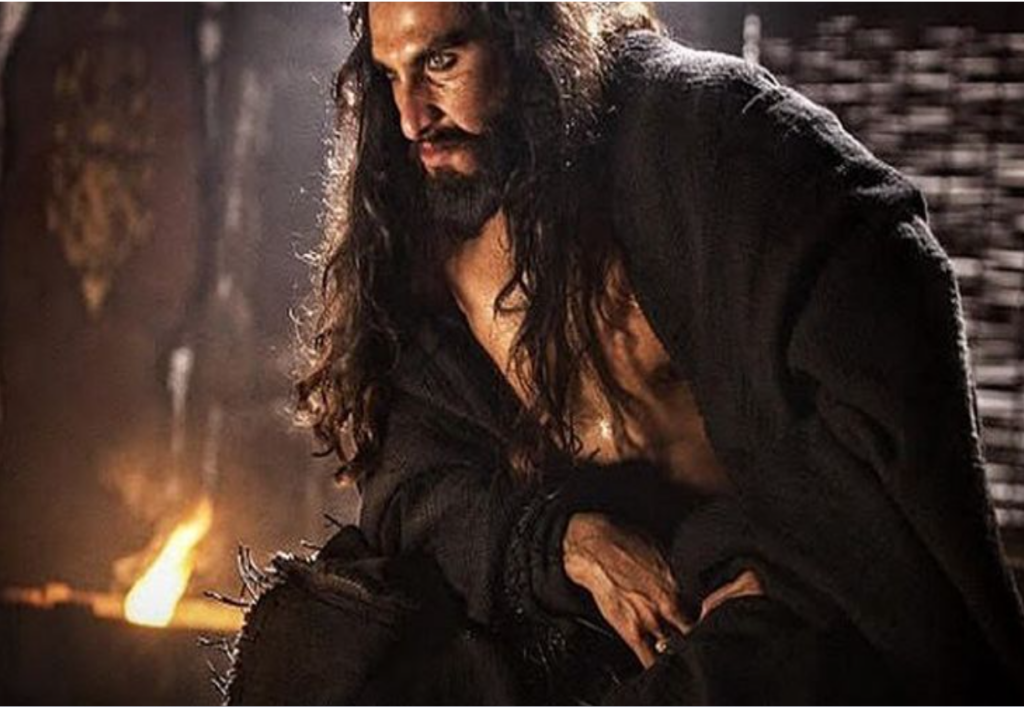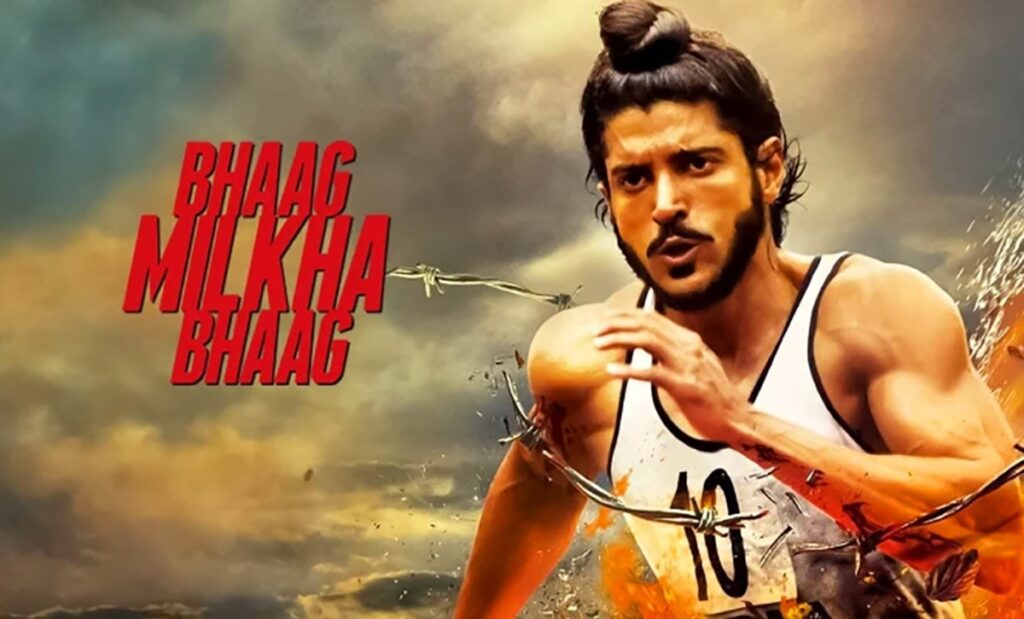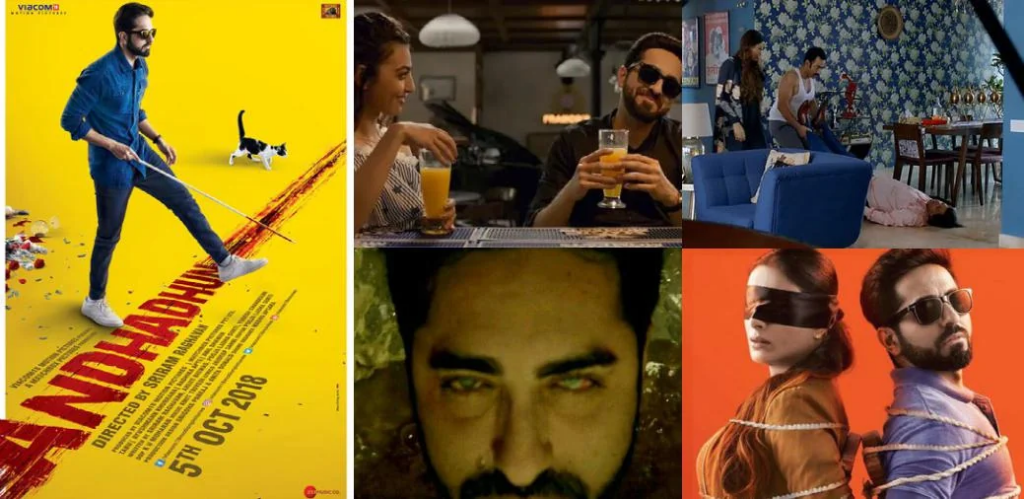In the dazzling world of filmmaking, where creativity meets technology, one aspect often takes the spotlight in the final product but remains hidden behind the scenes – post-production. This intricate phase of filmmaking is the secret sauce that transforms raw footage into a captivating cinematic experience.
What is post-production?
Post-production is the hidden wizardry in filmmaking, encompassing a series of crucial stages that refine and elevate the raw material captured during filming.
From editing and sound design to visual effects, colour grading, and more, it is the artistic alchemy that shapes a film’s narrative and emotional impact.
Let’s explore the crucial threads involved in post-production. They, when expertly woven together, unravel the final enigma of the cinematic experience.
Editing
At the heart of post-production lies the art of editing, a meticulous process that involves weaving together the tapestry of scenes to create a seamless and compelling story.
This phase is where the narrative comes to life. It shapes the story and ensures a seamless flow. Skilled editing transforms raw footage into a coherent and engaging cinematic experience.
A skilled editor is akin to a master storyteller, manipulating time, pacing, and tone to guide the audience through a captivating journey.
Sound Design and Mixing
While visuals command attention, the subtle nuances of sound often linger in the subconscious. In post-production, sound designers sculpt the auditory landscape. They assemble the film’s audio tracks, refine dialogue, eliminate unwanted noise, and incorporate essential sound effects.
Sound design and mixing add depth and emotion to the visual storytelling. It creates atmosphere, enhances mood, and guides the audience’s emotional response. Either it is the cacophony of engines, explosions or the whispers, and swishing of leaves in a forest to evoke an eerie feeling.
A well-crafted sound design elevates the overall impact of a film, making it more immersive and memorable.

Pic Courtesy: klublr.com Poster of the Hindi Movie Haider
A Bollywood movie celebrated for its exceptional sound design is Haider, directed by Vishal Bhardwaj. The film utilizes sound to create a haunting and immersive atmosphere. From the echoes of Kashmir’s troubled landscape to the carefully crafted background score, it showcases how sound design can enhance the emotional depth of a narrative and create a lasting impact on the audience.
Visual Effects (VFX)
Advancements in technology have ushered in a new era of storytelling through visual effects. From creating otherworldly landscapes to bringing mythical creatures to life, VFX is the magic that expands the boundaries of imagination.
The seamless integration of live-action and computer-generated elements showcases the potential of VFX to transport audiences to fantastical realms. These effects are testaments to the meticulous work that unfolds in the post-production process.
The film Baahubali: The Beginning, directed by S.S. Rajamouli, pushed the boundaries of visual storytelling with its grandiose sets and epic battles. The seamless integration of VFX elements elevated the film to international acclaim, showcasing the prowess of post-production teams.
Take a look into the behind-the-scenes process of VFX to crafting the bullfight sequence in Baahubali: The Beginning.
Colour Grading
Imagine a film devoid of colour grading – a canvas left unfinished. This aspect of post-production adds a layer of visual sophistication, setting the mood and tone for each scene. The choice of colours can evoke emotions, signify transitions, and elevate the overall aesthetic, turning a good film into a visual masterpiece.
The cinematographer Nishanth Menon, in our podcast on the production process, emphasized the pivotal role of colour grading in the filmmaking process. According to him, “Colours essentially allow you to communicate emotions in films through colour grading.” Menon underscores the importance of shooting in raw format, providing the colourist with the flexibility to artistically manipulate colours and enhance the visual narrative.
Menon sheds light on his collaborative process with colourists, where they collectively decide on a specific colour palette. This collaborative effort involves meticulous discussions to imbue characters and scenes with specific looks. For instance, he describes how they might intensify the contrast of a scene to evoke a moody atmosphere.
The art of colour grading takes on cultural significance in films like Padmaavat. The opulent and vibrant colour palette not only enhanced the visual spectacle but also became a narrative tool. The use of colour symbolized emotions, societal norms, and cultural motifs, turning each frame into a visual poem.

Pic Courtesy: india.com Stills from the Hindi Movie Padmavat

Picture Courtesy: timesofindia.indiatimes.com Stills from the Hindi Movie Padmavat
The colour grading delineated two distinct worlds – a dark and rustic ambiance for Khilji and a romantic, pure, and lavish setting for Padmavati and Ratan Singh.
Music Composition and Score
The musical score is the emotional backbone of a film. It intensifies emotions, underscores pivotal moments, and contributes to the overall mood.
A well-composed score not only enhances storytelling but also leaves a lasting impression, often becoming synonymous with the film itself.

Picture Courtesy: thequint.com Still form Hindi movie Rockstar
For instance, Imtiaz Ali’s film Rockstar is complemented by some soul-stirring tracks. These songs not only enhance the emotional depth of the film but also vividly portray the protagonist’s musical journey. Striking a resonant chord with the audience, the songs contribute significantly to the cult status that the film has achieved.
Adding Titles and Credits
The inclusion of titles and credits is the finishing touch. It acknowledges and honours the collaborative efforts of the entire filmmaking team.
It provides essential information to the audience and sets the tone for the viewing experience. This also ensures contributors are duly recognized for their role in bringing the film to life.
Farah Khan is known to deliver her entertaining credit sequence, showcasing the unsung heroes behind the camera in her trademark style. From Main Hoon Na to Happy New Year, Farah has consistently highlighted the entire cast and crew in her credit sequences. However, the pinnacle of creativity was reached in Happy New Year, where the crew engaged in a lively dance competition.
Creation of Posters and Campaigns
Posters and promotional campaigns are the first glimpses that entice audiences into the cinematic world. The visual elements, carefully crafted in post-production, serve as a visual promise, creating intrigue and anticipation.
A well-designed poster and a compelling campaign become essential components of the film’s identity, generating excitement and curiosity.

Picture Courtesy: rediff.com Poster of the Hindi Movie Bhaag Milkha Bhaag
The poster of Bhaag Milkha Bhaag ingeniously captures the film’s essence. Featuring Farhan Akhtar in a powerful sprint, the film symbolizes the indomitable spirit of the legendary athlete Milkha Singh. With dynamic visuals and a compelling portrayal, the poster hints at the film’s theme of determination, resilience, and the pursuit of greatness.
Crafting Trailers
Trailers offer a sneak peek into the narrative, enticing audiences to step into the world created by the film.
In post-production, crafting a trailer involves a delicate balance of showcasing key moments without revealing too much. It serves as a powerful tool to generate buzz, build anticipation, and draw audiences into the theatres.

Pic Courtesy: reddit.com Stills from the Hindi Movie Andhadhun
The trailer of Sriram Raghavan’s Andhadhun is a masterclass in suspense and intrigue, skilfully weaving together glimpses of the enigmatic plot. Each frame is a visual feast, drawing viewers into a world of mystery and deception. The trailer’s artful editing and captivating soundtrack promise an immersive cinematic experience, leaving the audience eagerly anticipating the film’s unravelling narrative.
Now, that’s a wrap on the entire post-production process. From the subtle nuances of editing to the explosive impact of visual effects, every element in post-production contributes to the magic that unfolds on the silver screen. As we marvel at the final product, let’s not forget to appreciate the dedicated artisans working tirelessly behind the scenes, unlocking cinematic brilliance in the often-overlooked realm of post-production. Within the intricate tapestry of filmmaking, each step seamlessly collaborates, weaving its magic to transform raw footage into a captivating spectacle for the senses.









